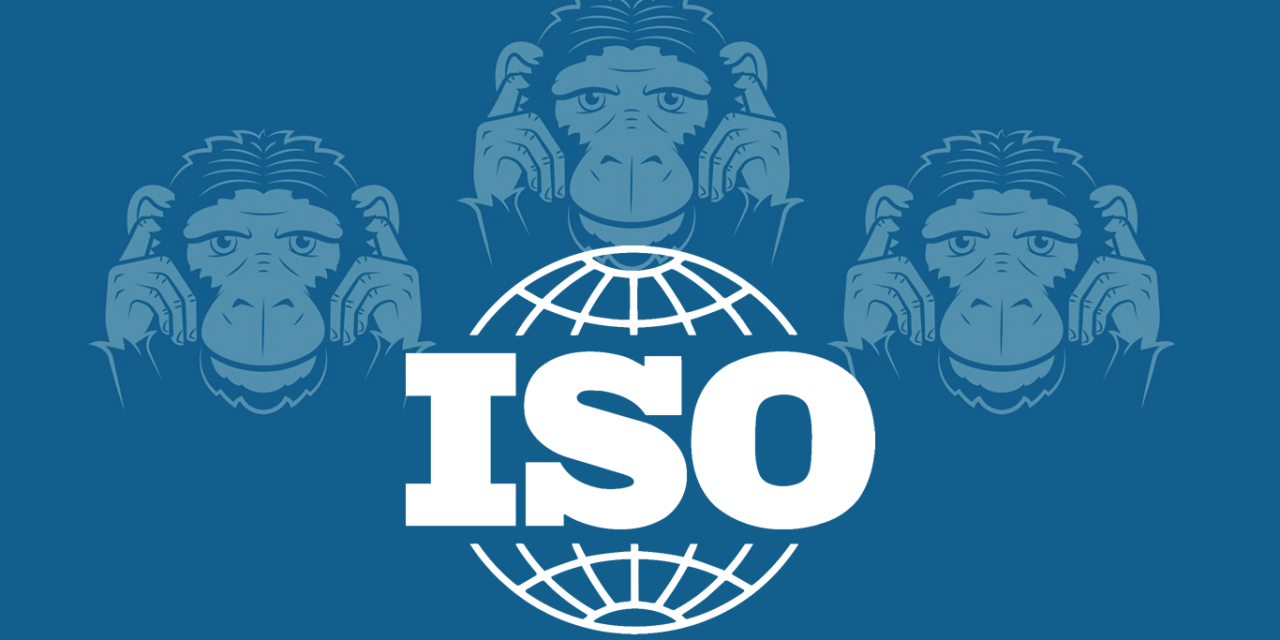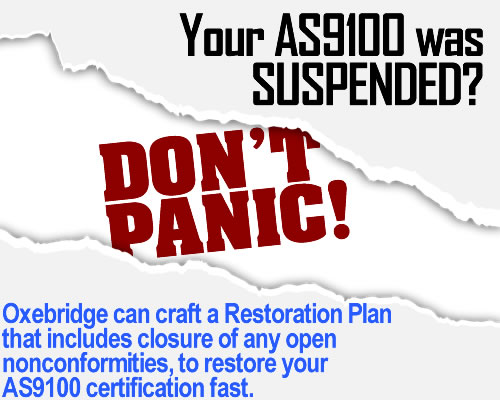ISO Technical Committee 176 has its work cut out for it. TC 176 has to update the ISO 9001 standard despite ISO’s official members repeatedly voting against any revisions at all. They had to placate the non-elected ISO Technical Management Board by forcibly adding the TMB’s updated Annex SL text. It had to inject “climate change” to placate the political posturing of ISO Secretary-General Sergio Mujica, while meeting ISO’s corporate demands to position ISO 9001 for “machine-readable” use under the new ISO Smart digital publishing scheme. And, finally, it has to do all that while pretending the process is driven by consensus and subject matter experts, despite none of that being remotely true.
To get this done, TC 176 has had to upset pretty much everyone. They proved that ISO doesn’t care at all about the actual official votes of members by burning up two years of aggressive lobbying and cajoling member nations to switch their votes and allow ISO 9001 to be updated. They irritated the private consultant class that dominates TC 176 proceedings by suggesting ISO may be working on an AI-driven ISO 9001 implementation tool that would put those same consultants out of business. It confused the world by insisting ISO 9001 needed to be updated to ISO Smart machine-readable format, while never explaining what “machine” they expect would read a standard on quality management systems. Then, they infuriated every country other than the UK by handing near total control of the ISO 9001 update to flunkies at BSI, which has a significant conflict of interest in standards development (they not only sell standards, they sell auditing against those standards.)
The leaked Committee Drafts have, so far, proven to be widely panned. The first CD1 showed ISO trying to defibrillate the sales on an essentially dead book, ISO 9001 for Small Enterprises, by shoving it into the annex of ISO 9001 itself, thus forcing everyone to buy it as part of the standard. That would have quadrupled the price of ISO 9001, and ISO was forced to step back from that very, very stupid decision.
CD2 hasn’t been received well, either, with the addition of the cringe-inducing branding of “opportunity-based thinking” — yes, BSI thinks you can both standardize and audit “thinking” — and the refusal to fix major flaws and mistakes in the current ISO 9001:2015 standard. Not only does the current standard have some clauses out of order, but it also repeatedly puts requirements into notes and notes into requirements, causing chaos in the conformity assessment world.
Ten Countries Weigh In
So how’s it going? Take a look at this sample of stakeholder and public comments from around the world, taken from this post on LinkedIn:
Thornton van Wyngaardt (South Africa):
ISO 9001:2015 was built on a strong foundation of process-based thinking and a focus on product and service quality. However, the ongoing drift in ISO/TC 176 discussions—bringing in CSR, climate, ethics, and other abstract topics—risks diluting the standard’s core intent. Quality professionals need clear, practical tools to strengthen operational controls, traceability, and excellence in execution (Chapter 8). Instead of expanding ISO 9001 into areas already covered by other frameworks, we should refocus on its fundamental purpose: ensuring that organizations consistently deliver quality products and services. Are we losing sight of what truly drives quality?
David Langer (Czech Republic):
Written by consultants, for consultants.
Pankaj Chettri (United Arab Emirates):
ISO 9001 should get back to basics—clear requirements, strong operational controls, and actual quality results. Not become a dumping ground for every trending management buzzword.
Ross James (Australia):
Farce added to farce.
Wojciech Śledzik (Poland):
It is not right direction to add environment, ethic or culcure. The aim od ISO 9001 to deliver evidence that processes are well managed that customer received product irdered and predicted quality. If you need environment implement ISO 14001. If you need improvement, implement lean, if you need other aspects implement ESG. Use right tool / systems to right goals. No dot create mixture of everything because you create mixture of anything
Tommaso Palmitesta (Spain):
ISO 9001 is pretty good as it is now. It only needs to clarify some clauses and make all of them easier to understand to anybody. But I bet they will do anything but that.
Amit Lunia (India):
Consultants, certification agencies, accreditation bodies, and even ISO itself all have a vested interest in periodically messing with the standards. In doing so, they often ignore the timeless advice: ‘Keep it simple.’ The result? The core intent of the standard becomes harder to understand and implement effectively. A clear and straightforward ISO 9001 standard, maintained as a solid baseline, would empower organizations to focus on genuine continual improvement—without all the unnecessary complexity. And let’s not even get started on the pointless distinction between ‘continuous’ and ‘continual’ improvement—it’s pedantic and adds zero value.
Al Smith (USA):
ISO 9001 has become a profit-making item rather than a valid quality standard for the majority of the developers and approvers of this document.
John Lee Creasey (Indonesia):
The 2015 version has been crap for 10 years and the new edition will be even crappier. Perhaps eventually there will be just one, all encompassing standard?
Thomas Gray (USA):
The standard is becoming crap. Deming, Crosby, Shewhart are rolling in their graves.
Julius Muraguri (Kenya):
… are those concepts such as CSR, climate, and off-the-ground concepts such as ethics, culture, the difference between availability and retention of documents, opportunity thinking, etc. necessary?
Will TC 176 take any of this feedback to heart? Will they reverse course and go back to simply fixing the mistakes in ISO 9001:2015 and stop tinkering? It certainly doesn’t look that way. BSI has to sell both standards and “update” audits, so they have a commercial interest in adding content to ISO 9001 and making it confusing. ISO, meanwhile, is pushing its “standards as a service” subscription model, so they have a commercial interest in updating ISO 9001 for the ISO Smart platform. And Sam Somerville, the BSI flunky leading this mess, has a commercial interest in making ISO 9001 as confusing as possible, because she sells consulting services through her company, Jigsaw Quality Management.
Christopher Paris is the founder and VP Operations of Oxebridge. He has over 35 years’ experience implementing ISO 9001 and AS9100 systems, and helps establish certification and accreditation bodies with the ISO 17000 series. He is a vocal advocate for the development and use of standards from the point of view of actual users. He is the writer and artist of THE AUDITOR comic strip, and is currently writing the DR. CUBA pulp novel series. Visit www.drcuba.world








